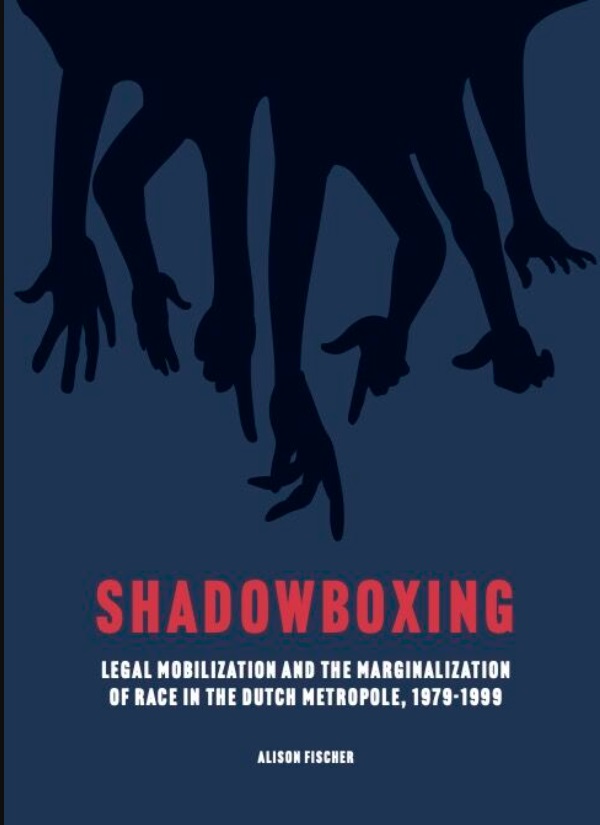
Why does racial discrimination remain a problem in the Netherlands, when the practice has been criminalized since 1971? Sociologist Eduardo Bonilla-Silva advises that the key to understanding why racism persists is to investigate the ‘mechanisms and practices ... responsible for racial domination.’ This research of Alison Fischer follows that advice by posing the following research questions: How has law been mobilized to address racialized hierarches in the Dutch metropole in the postcolonial period? How do these legal constructions differ from those in the colonial period? How did postcolonial legal mobilizations affect public memory of colonial legacies and contribute to shaping the Dutch metropole as a postcolonial community? How did these mobilizations impact public discourse around racialization and racialized inequality? The dissertation answers these questions using a mix of methods from critical historical and legal scholarship to examine legal mechanisms and practices responsible for creating and maintaining racial hierarchies in the Netherlands.
Through an in-depth case study of the Landelijk Bureau Racismebestrijding (1985-1999) the research demonstrates how legal practices transitioned from the colonial to the postcolonial eras. The results show that during the colonial period, Dutch laws in the overseas colonies divided people into explicitly racial categories. The Dutch state approved these categories and used violence to enforce them. Racial categories generated wealth for people racialized as white, at the expense of people racialized as non-white, primarily through colonial conquest and slavery. Racialized immigration policies prevented significant numbers of people racialized as non-white from entering the Dutch metropole well into the 20th century. After World War II, the legal approach to racialization changed. International treaties and domestic laws prohibited ‘racial discrimination,’ but defined the practice as individual behavior motivated by irrational prejudice. This definition ignored material motivations behind racialized categories, and the structural nature and history of racialization in the Dutch context. Criminal laws against racial discrimination could penalize individuals and businesses but did not apply to the state or state actors, and were rarely enforced. In 1983, the Dutch Ministry of Justice created the Landelijk Bureau Racismebestrijding (LBR) to assist victims of racial discrimination ‘using legal measures.’ However, during the 15 years the LBR operated with this mandate, it rarely pursued cases in court. Instead, the organization disseminated research and jurisprudence, conducted trainings, and encouraged employers to voluntarily comply with non-discrimination guidelines. While well-intentioned, these non-legal measures did not have the same power of enforcement, nor the same impact on public discourse or memory, as cases pursued through state courts. Counter to their stated purpose, laws and legal mobilizations against racial discrimination in the postcolonial Dutch metropole contributed to entrenching racialized inequalities. An ahistorical legal definition of racial discrimination made criminal laws inadequate to address widespread inequalities in housing, education, and employment; a lack of enforcement of those laws contributed to concealing evidence both of that inadequacy, and of the extent of problems of racial discrimination in Dutch society.
Fischer defended her PhD September 18th at the Faculteit der Rechtsgeleerdheid, Leiden University. This PhD was funded by the Royal Netherlands Institute for Southeast Asian and Caribbean Studies (KITLV) and supervised by prof. Maartje van der Woude, prof. Rosemarijn Hoefte and prof. Esther Captain.
Alison Fischer
Shadowboxing: Legal mobilizations and the marginalization of race in the Dutch metropole, 1979-1999
Printing Ridderprint, www.ridderprint.nl
Cover design: Arina van London, Ridderprint.

